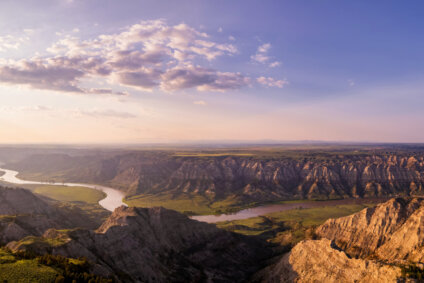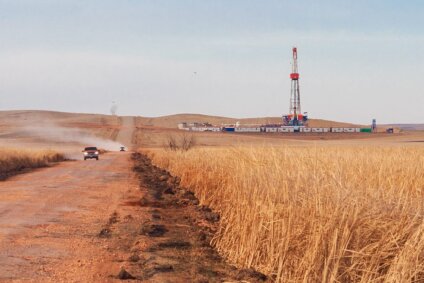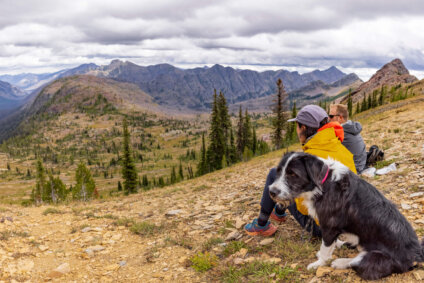Restoring to Former Glory
The Middle Fork of the Judith River used to be a thriving fishery. It could be again.
Dodger Newhall has been leading hikes and trail rides along the Middle Fork of the Judith River in the Little Belt Mountains since 1964, first working as a wrangler for the Circle Bar Guest Ranch and for the last 20 years as an MWA Wilderness Walk volunteer. Despite being designated as a Wilderness Study Area in the 1977 Montana Wilderness Study Area Act, the Middle Fork has changed dramatically. Newhall has seen the change first hand.
“This used to be a thriving fishery, on par with any blue-ribbon trout stream in Montana,” Newhall says. “But the Middle Fork is stunted now because of all of the vehicle crossings.”
Vehicles crossing the stream gouge out the stream bank and release large quantities of sediment. In one segment of the stream, there are 17 crossings, each with three or four access points that have each been heavily eroded.
But there’s still hope for the Middle Fork of the Judith. With more constraints on off-road vehicle use and some restoration work, the stream could be returned to its glory days as a blue-ribbon stream.
The 2007 travel management plan closed most trails to off-road vehicle use and was a big step in restoring the wilderness character to the Middle Fork.
“It is now one of the best places in the Little Belt Mountain to find a wilderness experience,” says Mark Good, MWA’s central Montana field director. “But there’s one issue that remains unresolved, and that’s how we address the damage to the fishery and wilderness character of the stream corridor.”
The problem lies along the Middle Fork Road, which winds through the canyon and crosses the Middle Fork many times. The road provides access to the property of at least twenty people who own land in the middle of the wilderness study area. By law, the Forest Service is required to provide “reasonable access” to these inholdings.
A solution proposed in the Forest Service’s 2007 travel management plan was to reroute vehicles out of the canyon and then build a new road down the Arch Coulee Trail.
“This is not a perfect solution, but it would eliminate a majority of the stream crossings,” Good says.
Despite being recommended in the travel management plan environmental impact statement, the Forest Service deferred a decision because it wanted to consider other route options.
Now, supervisor Bill Avey has given the green light to Lewis and Clark Forest staff to begin an analysis to determine the best, least impactful route for vehicles to travel to the private inholdings. So far, the Arch Coulee Trail seems to be the best, and possibly the only, practical option.
To help move the process along, MWA’s Island Range Chapter hired Marilyn Wright, a student intern from the University of Great Falls, to create a portfolio compiling relevant information and research.
During the summer, she joined Newhall on a hike to obtain photo documentation of the seventeen crossings. And in late fall, Good and MWA volunteers Josh Wertheimer and Dyrck Van Hying helped her take measurements of stream access points to quantify the amount of sediment that has been released into the stream. Using a clinometer, they also measured the slope of Arch Coulee Trail to help the Forest Service determine the feasibility of building a road down the drainage.
“The plate of the Lewis and Clark National Forest is overflowing with competing projects, but restoring a fishery in a wilderness study area should be a priority,” Good says. “The Forest Service recognizes that it is not acceptable to continue to allow the fishery and wilderness character of the Middle Fork Judith to deteriorate.”
Moving forward, MWA will continue providing information to the Lewis and Clark National Forest and press the agency to elevate the importance of eliminating the stream crossings and providing other ways for inholders to access their property.
Until the Forest Service analysis is completed, the Forest Service cannot obtain funding and begin the real work of finally restoring the fishery and wilderness character of the Middle Fork of the Judith.
Stay Connected
"(Required)" indicates required fields


